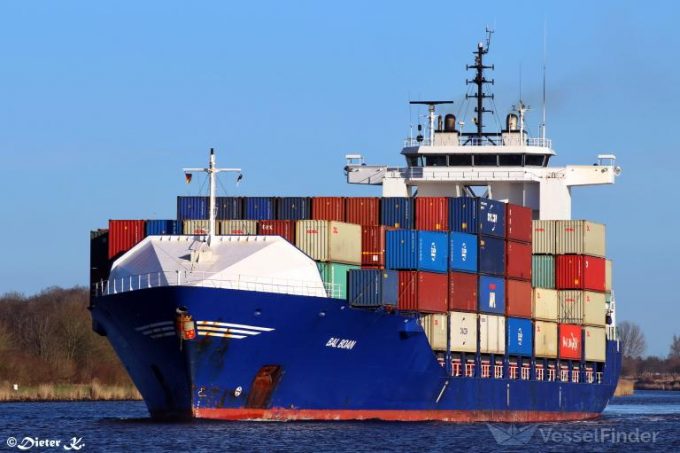Jin Jiang Shipping IPO fails to hit target, but shares rise
Shanghai Jin Jiang Shipping (JJ Shipping), the liner subsidiary of Shanghai International Port Group (SIPG), ...

LC Logistics, parent of Chinese NVOCC BAL Container Line, went ahead with its initial public offering today, raising HK$145.64m ($18.63m) after listing 28.3m shares on the Hong Kong Stock Exchange at HK$5.13.
Amid the reversal of fortunes in the container shipping market, where freight rates have fallen steeply from historic peaks during Covid, LC Logistics is one of the few companies in the sector to go public.
Shanghai International Port Group liner subsidiary Shanghai Jin Jiang Shipping is expected to be listed on the Shanghai Stock Exchange by year-end.
Last year, LC Logistics’ net profit was CNY386.31m ($56m), a 9% drop from CNY392.04m in 2021. In the first four months of 2023, net profit was CNY83.99m, a sharp drop from the CNY228.32m in the same period in 2022.
BAL launched standalone transpacific services when freight rates soared in 2021. That year and in 2022, it shipped 68,244 teu and 100,050 teu, respectively, 18% and 28% of LC Logistics’ total volume. Tellingly, BAL did not fulfill any shipments itself in the first four months of this year, with LC Logistics shipping 78,862 teu through NVOCC services.
BAL owns three feeder vessels, one of which is chartered by Evergreen, and has two 14,000 teu ships on order from Jiangnan Shipyard. According to vesselsvalue.com, the new ships, worth $140m each, are due to be launched next year and may be deployed on long-haul routes when demand recovers.
Despite the steep declines in freight rates over recent months, a revised prospectus issued by LC Logistics cited research from Frost & Sullivan which suggested it was highly unlikely that freight rates on all routes would fall below the pre-Covid levels of 2019.
The consultant argued that e-commerce would continue growing quickly, stimulating demand for cross-border logistics. As shopping habits have transitioned to online channels, the global e-commerce market is expected to grow at 10.5% annually to 2027.
And falling freight rates have led to more blanked sailings and other capacity culls as liner operators respond to demand fluctuation, potentially shoring-up pricing before it falls through the floor.
It added that global container shipping air transport volumes were expected to maintain stable annual growth of approximately 3.2% and 5%, respectively, between 2022 and 2027.
Comment on this article